Government Initiatives and Support
Government initiatives aimed at promoting sustainable agricultural practices are significantly influencing the Agricultural Fencing Market. Various governments are implementing policies that encourage farmers to adopt modern fencing solutions as part of their agricultural strategies. For instance, subsidies and financial assistance programs are being introduced to support the installation of fencing systems that enhance farm security and productivity. Such initiatives not only bolster the Agricultural Fencing Market but also contribute to the overall improvement of agricultural efficiency. As these programs gain traction, the market is likely to see an influx of investments in advanced fencing technologies.
Expansion of Agricultural Activities
The Agricultural Fencing Market is poised for growth due to the expansion of agricultural activities across various regions. As more land is cultivated for crop production, the need for effective fencing solutions to delineate property boundaries and protect crops from wildlife becomes increasingly critical. Recent data indicates that the global agricultural land area has increased by approximately 2% over the past five years, leading to a heightened demand for fencing products. This trend suggests that farmers are investing in durable and reliable fencing systems to enhance productivity and minimize losses, thereby propelling the Agricultural Fencing Market forward.
Rising Demand for Livestock Protection
The Agricultural Fencing Market is experiencing a notable increase in demand for fencing solutions aimed at protecting livestock. As farmers and ranchers seek to safeguard their animals from predators and theft, the need for robust fencing systems becomes paramount. In recent years, the livestock sector has expanded, with the global livestock population reaching approximately 1.5 billion cattle and 1.2 billion sheep. This growth necessitates effective fencing solutions to ensure the safety and well-being of these animals. Consequently, the Agricultural Fencing Market is likely to witness a surge in sales of high-quality fencing materials designed specifically for livestock protection, thereby driving market growth.
Technological Advancements in Fencing Solutions
Technological advancements are reshaping the Agricultural Fencing Market, leading to the development of innovative fencing solutions. The integration of smart technologies, such as solar-powered electric fences and automated monitoring systems, is becoming increasingly prevalent. These advancements not only enhance the effectiveness of fencing systems but also provide farmers with real-time data on their livestock and property. As the agricultural sector embraces technology, the demand for these modern fencing solutions is expected to rise. This trend indicates a shift towards more efficient and sustainable farming practices, further driving the growth of the Agricultural Fencing Market.
Increased Awareness of Environmental Sustainability
The growing awareness of environmental sustainability is influencing the Agricultural Fencing Market as farmers seek eco-friendly fencing options. With a rising emphasis on sustainable farming practices, there is a shift towards using materials that are recyclable and have a lower environmental impact. Recent surveys indicate that approximately 60% of farmers are willing to invest in sustainable fencing solutions that align with their environmental goals. This trend suggests that the Agricultural Fencing Market will likely see an increase in demand for fencing products made from sustainable materials, thereby contributing to a more environmentally conscious agricultural sector.


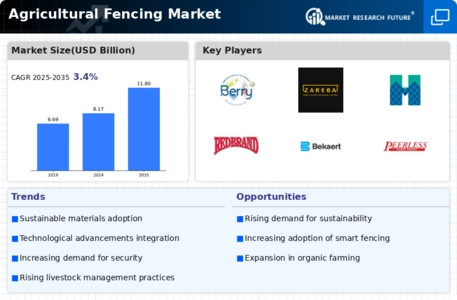
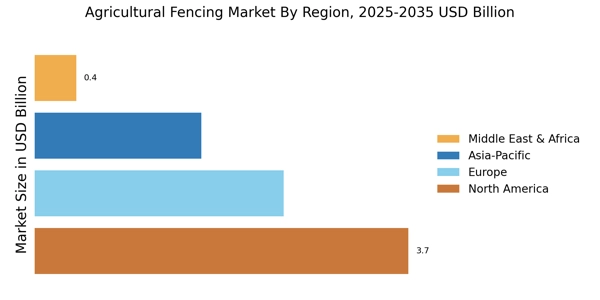
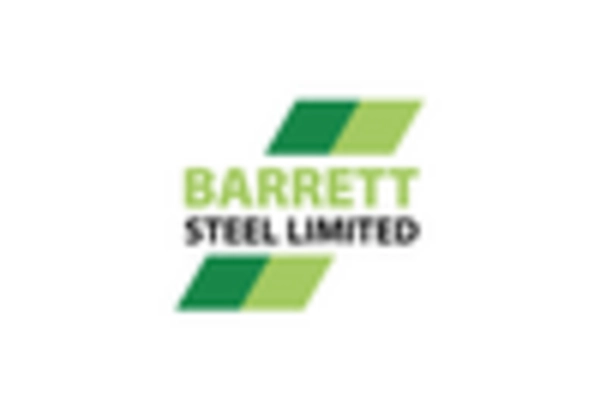

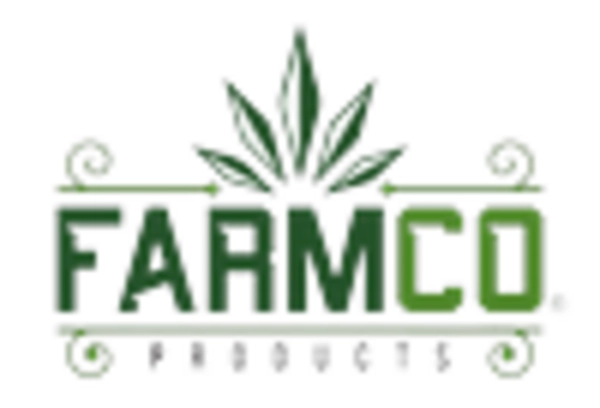

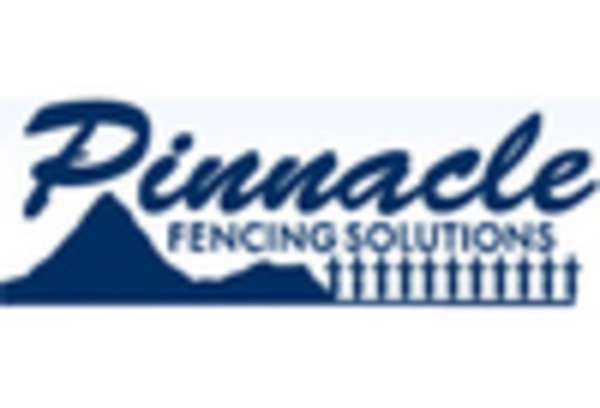









Leave a Comment